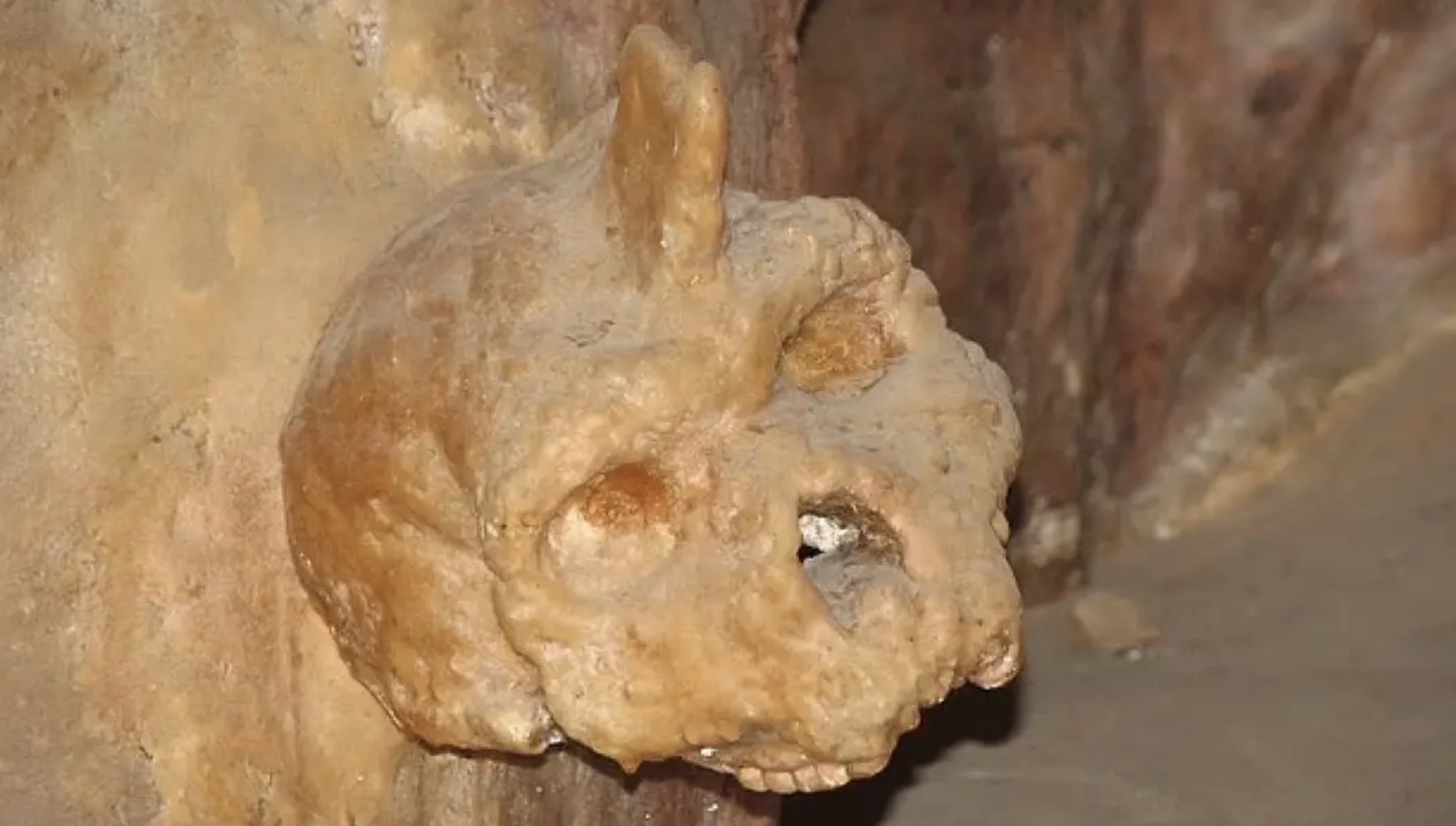
In a cave near Petralona, Greece, researchers have unearthed one of Europe’s most enigmatic fossils: a skull embedded in rock, discovered in 1960 by local resident Christos Sariannidis. Now known as the Petralona skull, the fossil was found encased in layers of calcite, a mineral formed by centuries of dripping water. A unique stalagmite formation over the forehead gave the skull an unusual, almost horn-like appearance.
After careful extraction, the skull was transferred to the Archaeological Museum of Thessaloniki, where it remains on display. What makes this find remarkable is its morphology, which differs significantly from both Homo sapiens and Neanderthals. Detailed analysis suggests it belongs to Homo heidelbergensis, a hominid species believed to have lived between 300,000 and 600,000 years ago.
Radiometric dating of the calcite surrounding the skull places its age between 277,000 and 295,000 years, situating it in the Middle Pleistocene. This implies the individual may have coexisted with early Neanderthals in Europe, offering key insights into the continent’s prehistoric human diversity.
Experts argue that the skull’s features point to a distinct population, potentially predating Neanderthals. Comparisons have been made with the Kabwe skull found in Zambia, also attributed to Homo heidelbergensis and dated to around 300,000 years ago.
Despite decades of study, the Petralona skull remains a subject of debate. Some scientists believe it represents a direct ancestor of Neanderthals, while others argue it belonged to a now-extinct, separate lineage. The relatively unworn teeth suggest the individual was a young adult at the time of death.
The fossil’s ambiguous classification highlights the challenges of interpreting ancient human remains, especially given the limitations of dating methods and incomplete fossil records. Nevertheless, leading anthropologists, including Chris Stringer of London’s Natural History Museum, emphasise the skull’s significance in understanding hominid diversity during the Pleistocene.
Over 60 years after its discovery, the Petralona skull continues to intrigue scientists and spark discussions about the complexity of human evolution. It remains a symbol of how much remains unknown about our ancient past.

